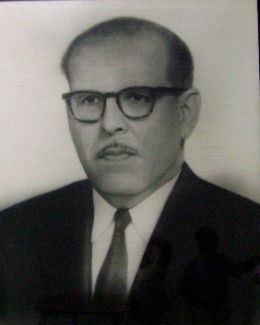
Havana ephemeris. August 24.
1889. Moisés Simons is born in Havana.
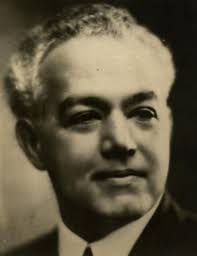
In addition to his work as a musician, he made a meritorious study of Cuban folklore. He also collaborated as a music critic in different newspapers and magazines, as well as participated in the musicalization of several films. In the 1930s he conducted a jazz band orchestra. He introduced precisely in this type of musical group the rhythm of the danzón.
He also held the position of President of the Cuban Musical Solidarity Association for some years and served as technical director of the country's Typical Concert Society. As a composer, his creations achieved great popularity both in Cuba and abroad. Among his most popular works, the one known by the name "El Manisero" stands out.
His death occurred in the city of Paris, France, on June 28, 1945.
1910. Luis Felipe Le Roy Gálvez is born in Havana.
He was a Chemist, professor, historian and researcher by profession. His scientific work was aimed at several fundamental lines, among others, Research, both chemical and historical, teaching where he carried out his work as a national promoter and also as an ambassador of Cuban science around the world. He published numerous essays and articles in various scientific organs and newspapers.
He systematically participated in the National Congresses of History, from 1948 to 1951, in which he presented various papers on the history of medicine. Likewise, he managed to materialize several historical publications within the framework of the University of Havana.
He passed away in Havana on November 12, 1978.
1912. Mariano Rodríguez is born in Havana
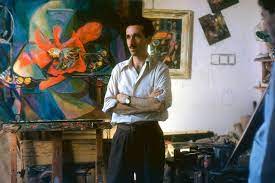
He was one of the founders of the Havana school of painting and one of the most prestigious Cuban creators in this regard. He worked incessantly in the search for new forms of expression to capture, from a universal perspective, the Cuban school.
He was the last of the survivors of the great founders of the Havana school of painting. He summed up the meaning he attributed to painting in one sentence, saying: “Living and painting, painting and living”.
He has been cataloged as the painter of the roosters, a theme for which he was known internationally since the early years of the forties. The image of the rooster exerted a great influence and about this he pointed out: “When I am in a process of change in terms of the line of creation, I paint a rooster. If it goes well, the change is positive, and if not, it is not favorable.”
His death occurred in Havana on May 25, 1990.
1963. Jacinto Torras dies in Havana.
After completing high school, he studied at the University of Havana in the specialties of Architecture and Physical-Mathematical Sciences which, although he did not finish, provided him with the essential scientific foundation for his development as an economist. As early as 1930 he began his revolutionary activity with his incorporation to the University Committee "November 27". During that student stage, he actively fought the tyranny of Gerardo Machado. He began in the economic sciences when occupying, in 1934, the position of Head of Statistics of the National Tourism Commission and later serving as editor of the magazine Cuba Económica y Financiera. He was a columnist and contributor to the most important labor publications, to which he provided support as an economic advisor. In the final stage of the 1930s and the beginning of the next five years, he was a worker delegate to the Organization for the Regulation of Supply Prices (ORPA), from which he waged vigorous battles against speculation and in favor of from town.
After the triumph of the Cuban Revolution he held various responsibilities. He participated in various international forums of his specialty, in which he left evidence of his expertise, particularly in relation to the tariff negotiations of the General Agreement on Tariffs and Trade, where important protection measures were achieved for the national industry.
1963. Commander Ernesto Che Guevara, closing ceremony at the Río Cristal restaurant in Havana, the Chess Championship of the Ministry of Industries.
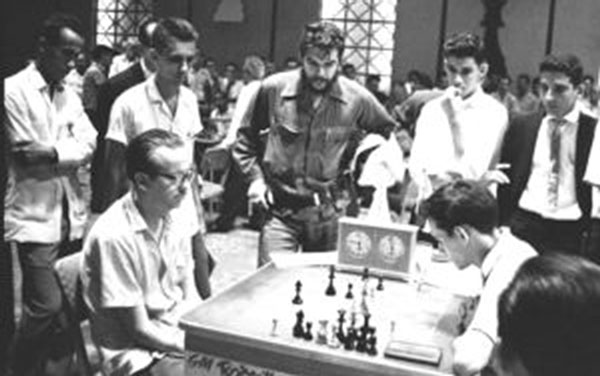
He makes reference, that he knew something of Cuba for the first time, during the Chess Olympiad held in Buenos Aires, Argentina, in 1939, due to the performance of José Raúl Capablanca.
He also points out that chess was a very instructive sport and that it was even capable of bringing together people from different countries.
2007. The book The lucky interviewers of Fidel was presented in the Central Park of Havana.
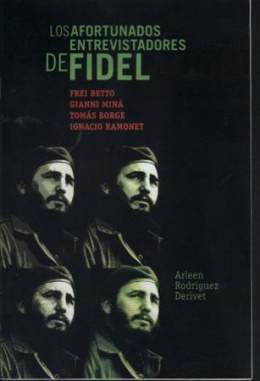
The book is the result of a collective interview with the interviewers of the Cuban president Fidel Castro, the French writer Ignacio Ramonet, the Italian Gianni Miná, the Brazilian priest Frei Betto and the former commander of the Sandinista Army, the Nicaraguan Tomás Borge.
It is a work in which not only the unique experiences of these men who achieved the dream of many journalists are discovered, but also in which the imperishable and intelligent thought of the maximum leader of the Cuban Revolution is found.
